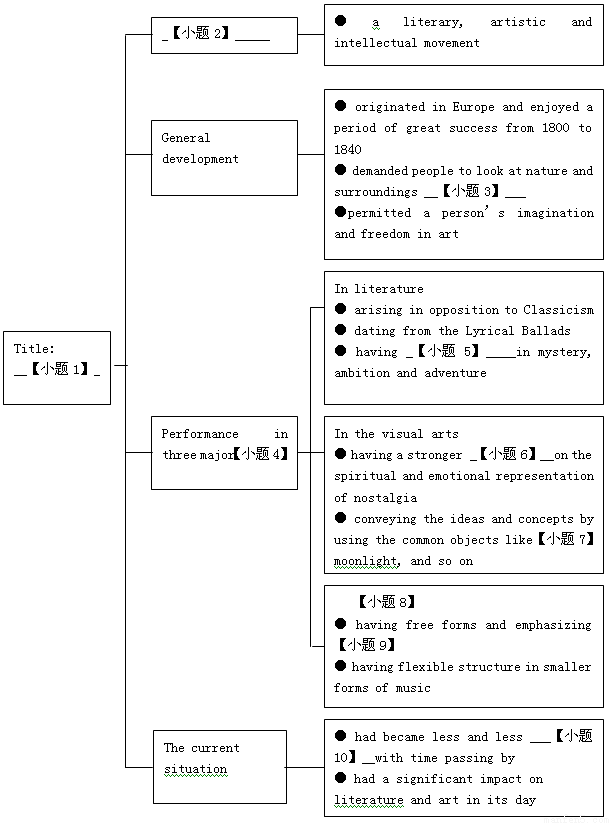题目内容
To my great disappointment, my best friend left the city I could have a word with her.
A. before B. after C. while D. until
A
【解析】
试题分析:考查状语从句的连接词。前一分句意为:使我很失望的是,我最好的朋友离开了这座城市。后一分句意为:我能和她谈谈。选项A意为没来得及、在……之前;选项B意为在……之后;选项C意为当……时、然而;选项D意为直到。根据句意,选择A最为恰当,指没来得及和她谈谈。
考点:考查状语从句的连接词

练习册系列答案
 阅读快车系列答案
阅读快车系列答案
相关题目
